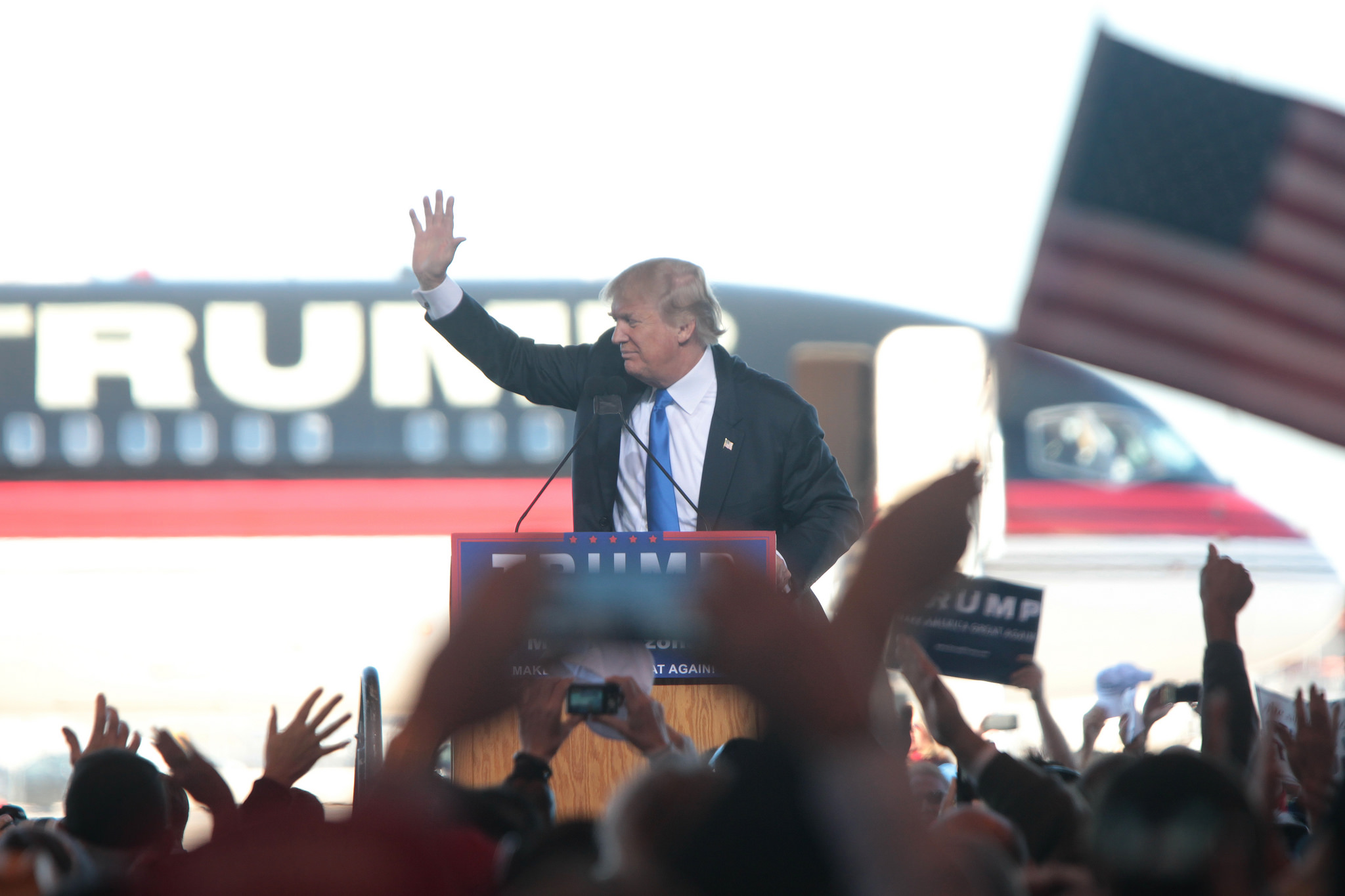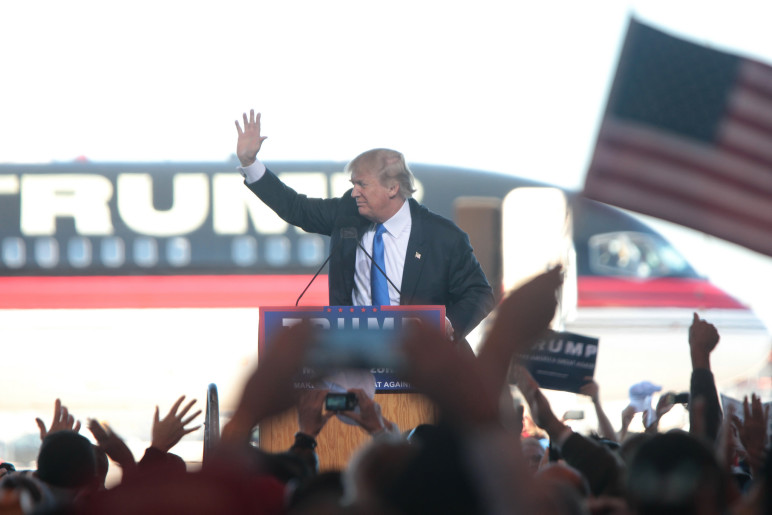Here in the Pacific Northwest, British Columbian voters will soon choose between two voting systems. Proportional Representation (ProRep), is a common form of voting in prosperous countries around the world. The main tenet is to give each group of voters fair representation in the legislature—the party balance in the legislature ends up looking like the party balance among voters. First-Past-the-Post (FPTP), is a form of voting used almost exclusively in the United Kingdom and its former colonies—the United States, Canada, and India—that gives the person with the most votes all the power, even if they didn’t win majority support.
Some fearmongers claim that ProRep will empower extremists, particularly the white nationalists of the Far Right. Their reasoning is that smaller parties can win seats under ProRep, whereas two major parties usually dominate politics with FPTP. But experience shows that Far Right elements can gain traction inside big umbrella parties, while mainstream voters and officials can easily exclude the Far Right from power when they are contained in a clearly labeled party.
Unfortunately, extremists are on the rise around the world, from Austria to Italy and in the United States, due to a variety of issues, including immigration and austerity. FPTP won’t keep them out and might even open the door wider by giving power to those with less than a majority of support. No voting system can guarantee protection, but ProRep forces candidates and parties to win majority support in order to gain majority power.
By definition, governments representing the majority can’t be taken over by fringe interests. Instead, they have to work harder in the middle to meet the needs of the majority of voters and to pass policies that will help the most people.
FPTP puts people in power with mere minority support
Donald Trump won the US presidency with less than half the general election popular vote. He won most Republican primaries with modest pluralities in big fields of candidates, rarely as much as 40 percent in the early states, He got 35 percent in New Hampshire and 33 percent in South Carolina, for example. The Republican Party retained comfortable control of the US House—55 percent of the seats—with just 48 percent of the vote in 2016. The GOP also controls the US Senate, despite winning just 44 percent of all votes in the past three Senate elections, which put current senators in office. Republicans could lose elections by up to six points, year after year, and still control both houses.
In the UK, Margaret Thatcher had the power to push her neoliberal agenda even though she never won more than 44 percent of the vote. And in India, FPTP most recently gave power to the Hindu nationalist Bharatiya Janata Party—seen by many as fascist—with just 31 percent of the popular vote.
Canadians are familiar with the electoral weaknesses of FPTP. In June, Doug Ford and his populist party took control of Ontario’s government with just 40 percent of the vote. (Ford won his individual election with more than 50 percent. But his party, with just 40 percent overall, took control of the legislature. As the leader of the party with the most votes, Ford became Premier.)
When leaders don’t need majority support, they can pass extreme and unpopular policies
Politicians who need majority support know they need to pass popular policies and avoid association with unpopular decisions if they want to get re-elected. But politicians who know they can ignore 60 percent of the people (because they only need 40 percent to take control) can ignore pressing but politically difficult issues and instead pass policies unpopular with voters but important to special interests.
Examples abound in the United States and Canada, two of the only prosperous countries in the world that still use FPTP (also known as winner-take-all voting).
The Trump administration’s 2017 tax cut was unpopular with the vast majority of citizens: polls show just 25 to 36 percent of voters supported it. Despite Republicans’ positioning the plan as a boon for low- and middle-income Americans, most perceived it as a handout to the wealthy and corporations.
Similarly, Trump’s extreme immigration policies only find support among a minority of voters on the Far Right. More than half—57 percent of voters—oppose Trump’s base-rallying promise to build a US-Mexico border wall. Polls show three-quarters of Americans believe immigration is generally good for the country. Two of every three Americans opposed the administration’s separation of immigrant children from their parents. Trump’s executive order barring travelers, immigrants, and refugees from Muslim-majority nations was opposed by 53 percent of voters but it was ultimately upheld by the conservative majority of the US Supreme Court.
Canadian governments elected by a minority of voters (thanks to FPTP) have also passed extreme or unpopular right-wing policies. Despite never winning a majority of the vote (though they did win a majority of seats in 2011), Stephen Harper’s Conservative Party governed Canada from 2006 to 2016 (the Conservatives won 36 percent in 2006, 37 percent in 2008, and 40 percent in 2011).
With minority support from voters and majority control of government, the Conservatives pushed through controversial voting legislation in 2014, which made it harder for some Canadian citizens to cast ballots and changed campaign finance and fraud investigation rules. The following year, the Conservatives passed a hotly contested anti-terrorism bill that expanded surveillance and policing powers, despite opposition from a majority of Canadians.
In British Columbia, FPTP put the New Democratic Party (NDP) in charge in the 1990s with only about 40 percent of the vote, and then ensconced the BC Liberal Party in power for a decade, also with just 40 percent of the vote. Because they didn’t have to earn support from most voters, the ruling party took license to delay and water down action on affordable housing. In early 2018, affordable housing remained the number one issue for British Columbians.
Governments with support from a majority of voters pass better policies
In contrast, when governing officials need support from a majority of the people in order to have power, they carefully craft policies that are popular with or at least acceptable to a majority. They can’t pursue extremist agendas.
New Zealand voters changed their electoral system from FPTP to a form of proportional representation in the 1990s, resulting in more parties, and leaders from diverse backgrounds, gaining seats in government. Only a party or coalition with support from a majority of voters can take control, so elected officials have incentive to work together and pass legislation for the common good. One example: New Zealand’s parliament unanimously passed a ban on zero-hour contracts in 2016, giving fast-food and retail workers more economic stability and security.
A ranked-choice form of proportional representation in Australia’s upper house, plus single-winner, ranked-choice in the lower house keeps politicians accountable to a broader swath of voters. One recent example: Australia’s parliament voted to legalize same-sex marriage after a national survey demonstrated 60 percent of the public supported it.
In Germany, Sweden, and the Netherlands, Far Right parties with nationalist and populist agendas have gained seats, but the mainstream parties have steadfastly excluded them from ruling coalitions. ProRep doesn’t allow a minority of votes to translate into a majority of seats (as it could in Canada and the United States). Without a majority of seats, and with no one to coalition with, Far Right parties aren’t able to take control nor pass extremist policies.
So-called “minority” governments in Canada are often coalitions representing the majority of voters. They must collaborate to get things done and have passed landmark legislation in Canada. Liberal Prime Minister Lester Pearson’s minority governments in the 1960s worked with the NDP to usher in Medicare, the Canadian Pension Plan, and the Canada Assistance Plan.
In BC, the current NDP/Green coalition government (with support from nearly 60 percent of voters) approved childcare subsidies and a progressive property tax. The new Child Care B.C. program will directly provide benefits to licensed providers as an incentive to lower fees for low- and average-income families. Property taxes will increase for luxury homeowners in 2019: on top of existing taxes, property owners will pay additional fees for any assessed home value in excess of three million dollars.
ProRep is a better guarantee of the will of the majority
Some ProRep countries have seen small parties gain power, but that is often due to the design of the ProRep systems letting tiny parties in. The three ProRep options on the BC ballot are all carefully designed for BC, and none would let parties with less than 5 percent of the vote win any seats. With ProRep, Donald Trump and Doug Ford wouldn’t have been able to take power unless they could make common cause with officials representing a majority of the voters. In many ProRep countries, Far Right parties have gained seats but not power because they’ve been shut out of majority ruling coalitions.
BC voters concerned about the rise of the extremists can vote for ProRep, confident that it will give more voters a voice and lead to better policies coming out of Victoria. BC voters thinking about marking the box for FPTP in October should worry that it opens the door for someone with just minority support, like Trump, to take over the province.
Thanks to Shalyn Pugh-Davis for her help researching this article.











Richard Lung
You have actually to look at the electoral systems being pushed so zealously, and they all give more power to political parties, the very thing that people don’t want.
All three referendum options intrude both monopolistic single districts and control freak party lists. Politicians even illegitimately pushed them into the BC Citizens Assembly recommendation, which explicitly rejected both, for the Single Transferable Vote, a system in widespread non-political use, as well as in some political jurisdictions.
The UK NHS has at-large STV elections of more than 20 members to the GMC giving proportional representation to women, immigrants and specialists. The 9 member Cambridge STV elections also give PR to women and ethnic minorities. STV is so good a system that the state government has banned its use anywhere else. That is a measure of political class enmity to democracy. Their camp followers infest the media with ignorance and misinformation.
(Editor:)
John Stuart Mill: Proportional Representation is Personal Representation.
The Angels Weep: H. G. Wells on Electoral Reform.
(Richard Lung:)
Peace-making Power-sharing;
Scientific Method of Elections.
Science is Ethics as Electics.
FAB STV: Four Averages Binomial Single Transferable Vote.
(in French) Modele Scientifique du Proces Electoral.